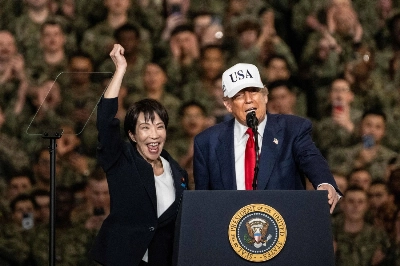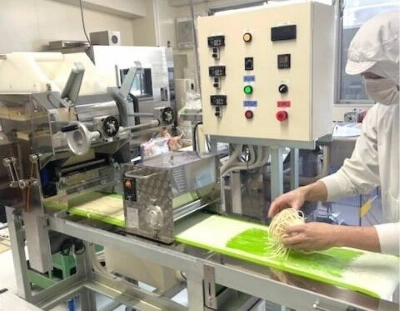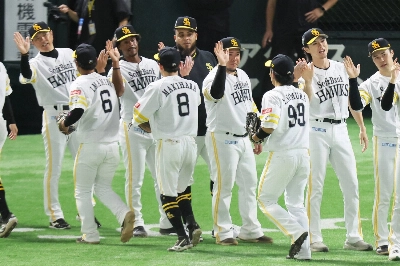Directors, it's often said, keep making the same movie over and over, though the sameness is more evident with some than others. Akira Kurosawa was among the most eclectic directors of his generation, filming everything from Shakespearean drama ("Throne of Blood") to popcorn entertainment ("The Hidden Fortress"), but he kept returning to the problem of being a hero in an unheroic world.
Hirokazu Kore-eda, who made acclaimed documentaries before his feature debut with "Maborosi (Maboroshi no Hikari)" in 1995, has placed memory, in both its lighter and darker manifestations, at the center of his work. In "Maborosi" a young woman loses her husband to an inexplicable suicide -- and needs long months and years to work through her grief and guilt. In his second film, "After Life (Wonderful Life)" (1999), the newly dead in Limbo select their most precious memory to take with them into eternity.
In his newest film, "Distance," the theme of remembrance takes a topical cast, as four people whose loved ones were members of a murderous cult -- and died at the hands of their fellow cultists -- gather on the anniversary of their deaths. The obvious parallel is the Aum Shinrikyo cult, which released poison gas on the Tokyo subway system in a mad plot to unleash Armageddon. Kore-eda's approach, however, is anything but sensationalist. In a way by now familiar, he uses documentary techniques to create an illusion of immediacy, while exploring how memory illuminates the past and shapes the present.

















With your current subscription plan you can comment on stories. However, before writing your first comment, please create a display name in the Profile section of your subscriber account page.